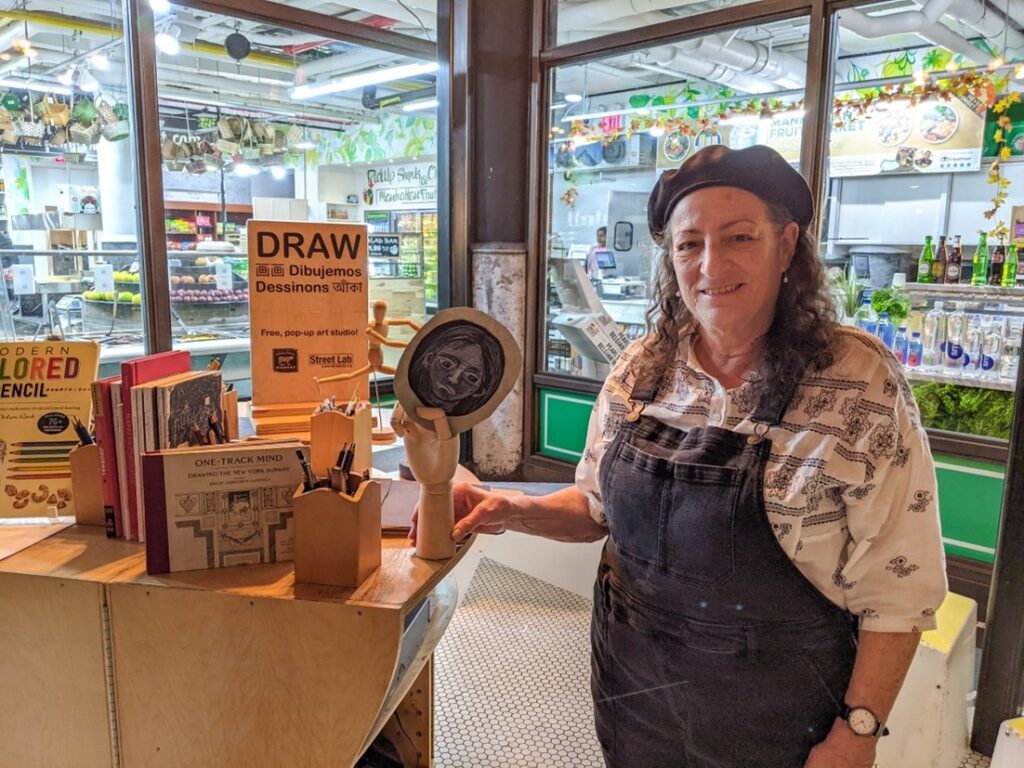
New York City, a place of unending hustle, diversity, and opportunity, has always been more than a backdrop for Thomas Ligor; it has been home. From the bustling streets of Manhattan to the quieter corners of Queens, every part of the city has shaped who he has become. He has embraced his roots, fully understanding that the community he loves is one built by its people. In response, he has made it his mission to give back in meaningful ways, creating initiatives that reflect his deep appreciation for the city that raised him. From athletic sponsorships to volunteering for local nonprofits, he has become a symbol of giving back and positively impacting the community.
Growing up in New York, Thomas learned early on about the importance of community and camaraderie. He was raised in an environment that taught him the value of hard work, dedication, and taking care of those around you. As he transitioned into adulthood and eventually became a successful entrepreneur, he never lost sight of these lessons. For him, success isn’t just measured by financial achievements; it’s about making a difference, one initiative at a time. Through his community service projects, he has supported local causes and uplifted neighborhoods across the city.
Athletic Sponsorships: Encouraging the Youth
One of his most notable contributions to the community is his dedication to youth athletic sponsorships. Understanding that physical activity is vital for the development of young people, he has sponsored various local sports teams and recreational leagues. For him, athletics goes beyond just staying active; it’s about teamwork, discipline, and learning to overcome challenges—valuable lessons that young people can carry throughout their lives.
His involvement goes beyond writing a check. He’s often seen attending games, engaging with the athletes, and showing his support for their growth. His presence demonstrates his genuine commitment to being a part of their journey. By fostering this sense of community involvement, he ensures that the children of New York have access to opportunities that can build both character and confidence. He believes that every young person deserves the chance to be part of a team, to experience the thrill of competition, and to learn life skills through sports.
Community Clean-Up Drives: Beautifying the Neighborhoods
In addition to supporting youth athletics, he has been actively involved in organizing community clean-up drives. As someone who cherishes the city, he understands that maintaining a clean and safe environment is crucial for all residents. Working closely with local organizations, he has helped coordinate clean-up initiatives in several neighborhoods, often attracting dozens of volunteers who share his desire to see their community thrive.
These clean-up drives are about more than just picking up trash; they represent a collective effort to create a better living environment for everyone. He believes that when people come together for a common cause, they can bring about real change. His leadership in these efforts has helped build a sense of pride among residents, encouraging them to continue the work even after the organized events have concluded. The impact of these clean-ups has been felt not just in the improved physical spaces but in the strengthened bonds between community members who have worked side by side to achieve a shared goal.
Supporting Local Nonprofits: A Hands-On Approach
His commitment to community service doesn’t end with sponsorships and clean-up drives. He has also worked closely with various local nonprofits, offering both his time and resources to support their missions. From food banks to homeless shelters, he has made it a point to contribute where he can make a difference. He understands that the challenges faced by many New Yorkers require more than financial support—they require empathy, understanding, and a willingness to step in and help.
He takes a hands-on approach to his involvement with nonprofits. He volunteers his time to serve meals, organize donation drives, and help with administrative tasks when needed. His willingness to get involved directly shows his dedication to uplifting those who are struggling. By working alongside nonprofit staff and volunteers, he gains a deeper understanding of the issues facing the community, which in turn allows him to find more ways to contribute meaningfully.
Ethically Responsible Business Practices: Setting the Standard
Another significant way that he gives back to the community is through his business endeavors. Throughout his career, he has remained committed to ensuring that his businesses operate with integrity and ethical responsibility. Whether it’s sourcing products sustainably or providing fair wages to employees, he believes that every decision made in business should reflect a commitment to the community.
By maintaining high standards in his work, he sets an example for others in the industry. He encourages other business owners to consider the broader impact of their practices and to prioritize the well-being of their employees, customers, and community. For him, success is only meaningful if it contributes positively to the lives of others. His approach to business is rooted in the belief that companies should play an active role in supporting the communities in which they operate.
Inspiring Others to Get Involved
His dedication to giving back has inspired many others to follow in his footsteps. His initiatives have encouraged individuals and businesses alike to become more involved in their communities, whether by sponsoring local events, participating in clean-up drives, or supporting charitable organizations. He believes that everyone has something valuable to contribute, and he works tirelessly to show others the power of collective action.
Through his community service initiatives, he has demonstrated that making a difference doesn’t always require grand gestures; sometimes, it’s the small, consistent efforts that have the most significant impact. By being present, offering support, and showing up for his community, he has helped create a culture of giving that continues to grow.
A Legacy of Community Service
Looking to the future, his commitment to the community remains unwavering. He has built a legacy of service that goes beyond financial contributions, focusing instead on personal connections and the positive changes that occur when people come together for a common cause. His work is a testament to the power of giving back and serves as a reminder that each of us has the ability to make a difference in the lives of others.
New York City has given so much to its residents, and their dedication to giving back is a way of expressing gratitude for all that the city has provided. Through his community service initiatives, he has helped to create a stronger, more connected community—one that is ready to face the challenges of the future with resilience and hope. His story is not just about individual success; it’s about the power of community and the importance of giving back to the place that made you who you are.














